Journal list menu
Export Citations
Download PDFs
Main applications of hybrid PET-MRI contrast agents: a review
- Pages: 92-98
- First Published: 03 December 2015
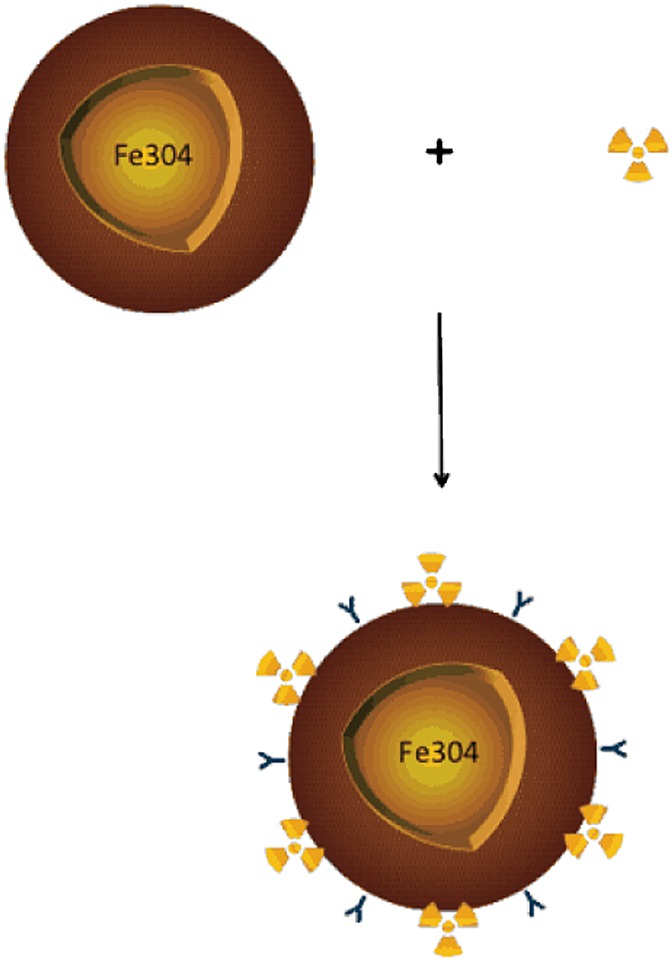
Hybrid PET-MRI contrast agent developed by combining SPIOs and PET radiotracers. A superparamagnetic iron oxide (SPIO) is coated with a hydrophilic shell. The radionuclide is combined, either directly with the envelope shell or through a ligand, which is generally DOTA-based. An antibody can be added to the complex to allow specific targeting by the RGD peptide (e.g. targeting of the ανβ3 integrin expressed in the tumor)
Prostate cancer imaging of FSHR antagonist modified with a hydrophilic linker
- Pages: 99-105
- First Published: 18 August 2015
Compartmentalization of Gd liposomes: the quenching effect explained
- Pages: 106-114
- First Published: 14 October 2015
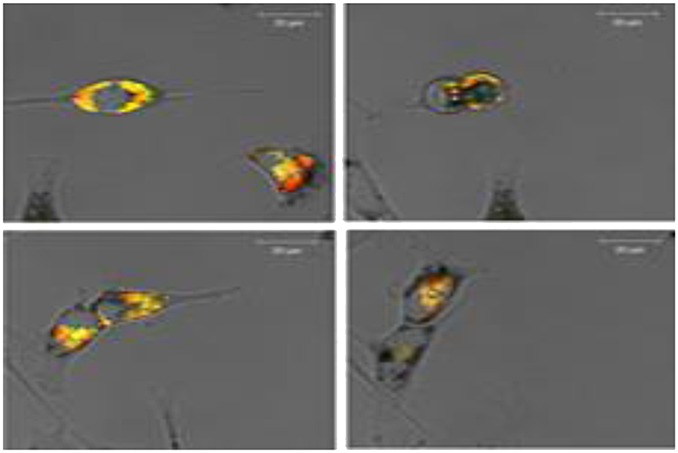
Gd liposomes exhibit a versatile contrast behavior, dependent on the compartmentalization state, liposomal size, intraliposomal [Gd] and liposome number. Both R1 and R2 effects contribute to this. The versatility allows one to tailor the optimal liposomal formulation to desired goals in cell labeling and tracking.
DW-MRI and 18F-FLT PET for early assessment of response to radiation therapy associated with hypoxia-driven interventions. Preclinical studies using manipulation of oxygenation and/or dose escalation
- Pages: 115-121
- First Published: 07 October 2015
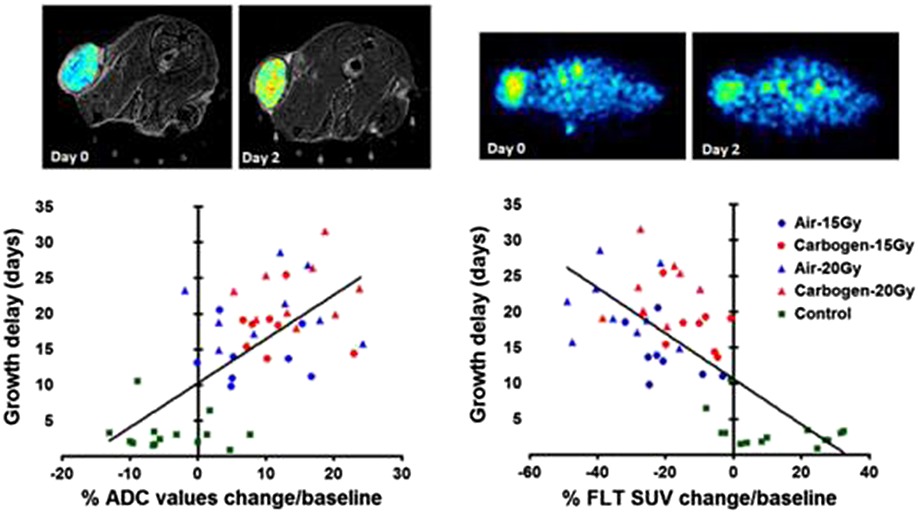
DW-MRI and 18F-FLT PET early detect tumor response to radiation : at Day 2 post treatment ADC values increased in all irradiated groups and decreased in the untreated groups; 18F-FLT SUV increased in the untreated groups and decreased in all treated groups. However, ADC values were not sensitive enough to detect the added value of dose escalation or carbogen breathing. Change in 18F-FLT uptake could predict the higher tumor response when using higher dose but not when using gas challenge.
Assessment of DNA double-strand breaks induced by intravascular iodinated contrast media following in vitro irradiation and in vivo, during paediatric cardiac catheterization
- Pages: 122-129
- First Published: 08 November 2015

The presence of iodine in vitro during irradiation (70 - 450 mGy) caused significant increases of DNA double-strand breaks for ≥17.5 mg/ml iodine to blood. The in vivo effects from children undergoing cardiac catheterisation resulted in a 19% increase from an average concentration of 19 mg/ml iodine to blood.
A single diamagnetic catalyCEST MRI contrast agent that detects cathepsin B enzyme activity by using a ratio of two CEST signals
- Pages: 130-138
- First Published: 03 December 2015

A catalyCEST MRI contrast agent with enzyme-responsive and enzyme- unresponsive CEST signals was developed to detect cathepsin B activity. The ratio of CEST signals was used to improve the detection of cathepsin B activity. The modular design of the agent is a platform technology that can improve catalyCEST MRI for molecular imaging.
Characterization of magnetic nanoparticles from Magnetospirillum Gryphiswaldense as potential theranostics tools
- Pages: 139-145
- First Published: 24 November 2015
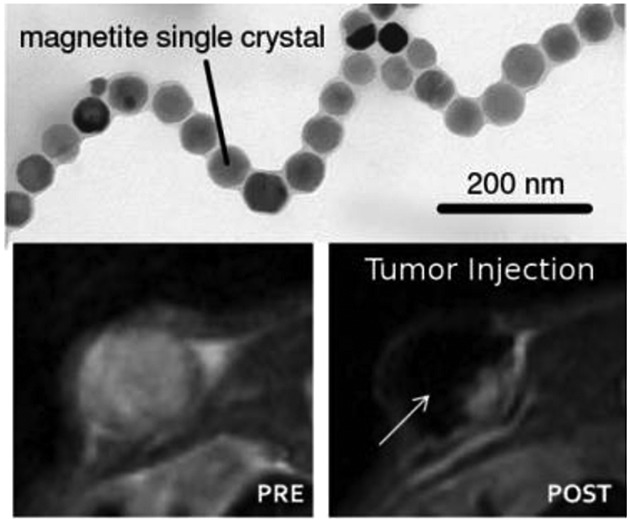
We investigated the theranostic properties of magnetosomes (MNs) extracted from magnetotactic bacteria, promising for nanomedicine applications. Their potentiality as mediators for magnetic fluid hyperthermia and contrast agents for magnetic resonance imaging, both in vitro and in vivo, are here singled out. These results, together with the ones previously achieved, state how magnetosomes can represent a good platform to develop a multifunctional nanostructured material suitable for theranostics.
Magnetite loaded Polypeptide-PLGA multifunctional microbubbles for dual-mode US/MR imaging
- Pages: 146-153
- First Published: 08 December 2015
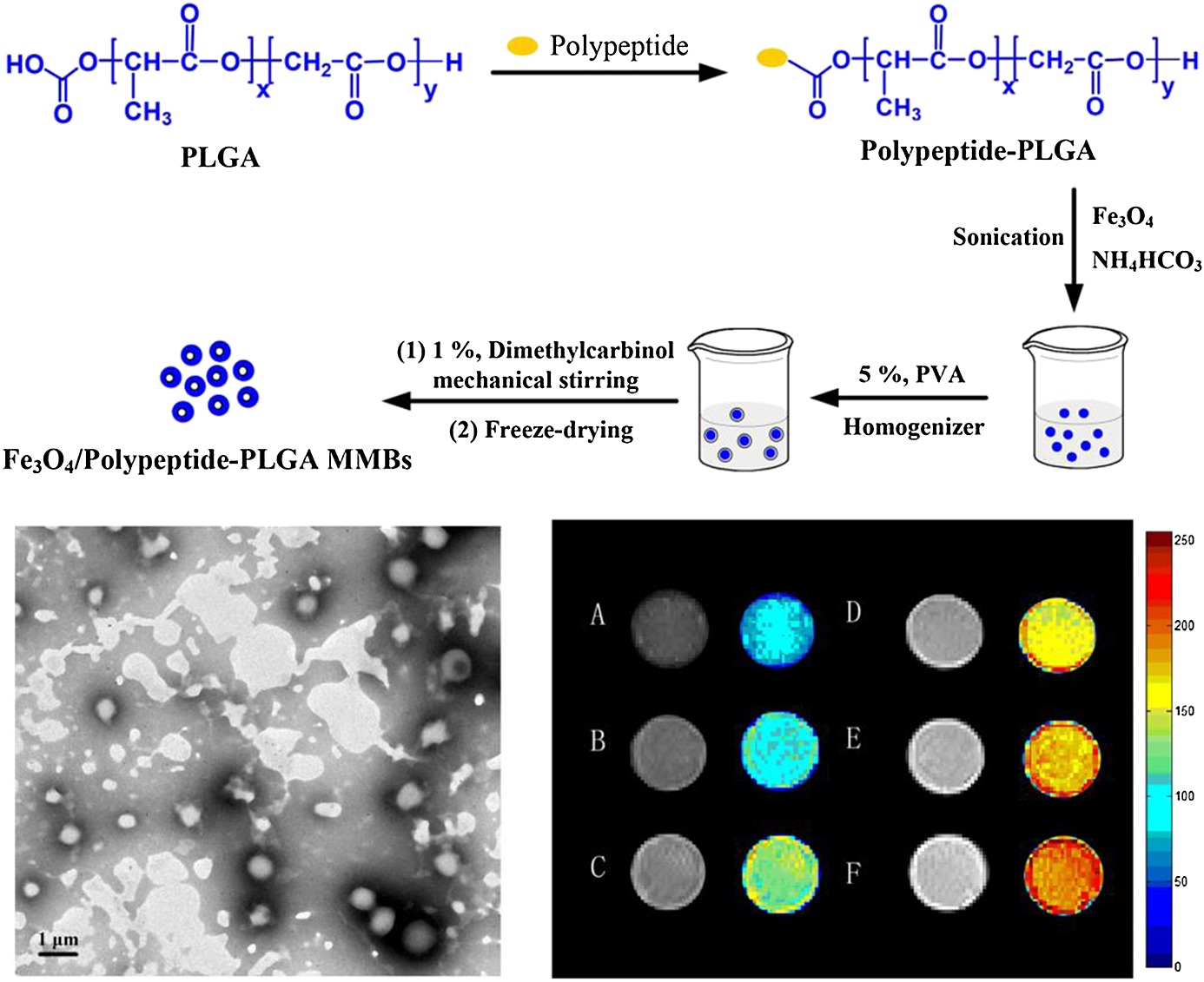
Fe3O4/Polypeptide-PLGA MMBs were prepared by a modified double emulsion method and employed as imaging agent for dual-mode US/MR imaging of prostatic cancer. The as-prepared MMBs had a diameter of 700 nm and were quite safe as confirmed by MTT assays. The in vitro results demonstrated that these MMBs could enhance both US and MR imaging of prostatic cancer.
Nano assembly and encapsulation; a versatile platform for slowing the rotation of polyanionic Gd3+-based MRI contrast agents
- Pages: 154-159
- First Published: 28 December 2015
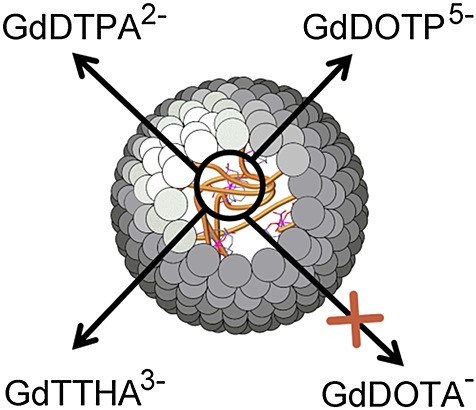
Nano-assembled capsules (NACs) can be used to deliver large payloads of high relaxivity Gd3+-based contrast agent; a potential solution to the problem of high contrast agent detection limits in MRI. NACs can be formed with a range of polyanionic Gd3+ chelates if the overall chelate charge 2- or more negative. Examination of the effect of this encapsulation on mono-hydrated and non-hydrated Gd3+ chelates reveals that proton, rather than whole water, transfer is the key mechanism of action in these systems.
The reliability of parameters obtained by fitting of 1H NMRD profiles and 17O NMR data of potential Gd3+-based MRI contrast agents
- Pages: 160-168
- First Published: 21 December 2015






